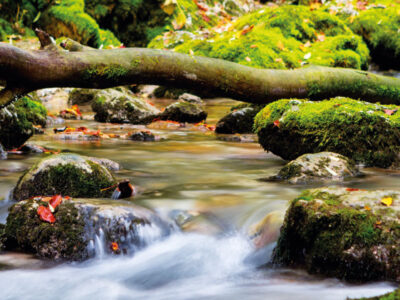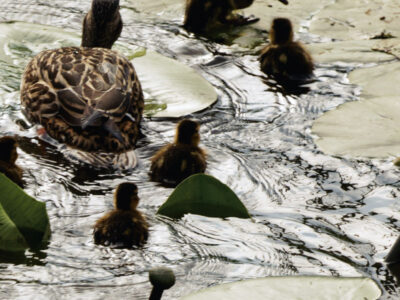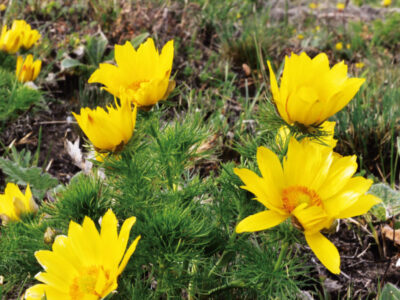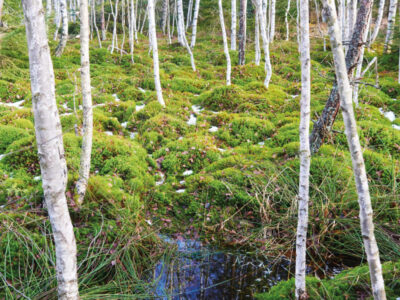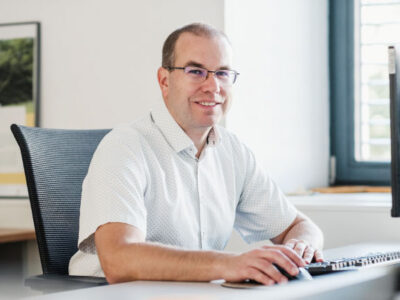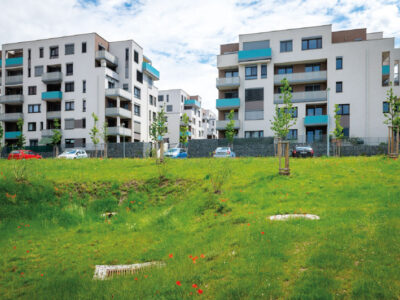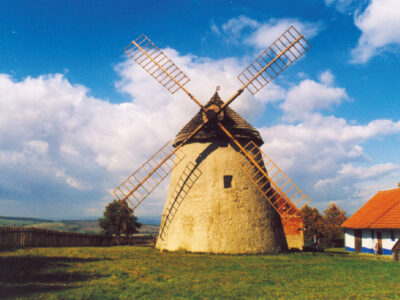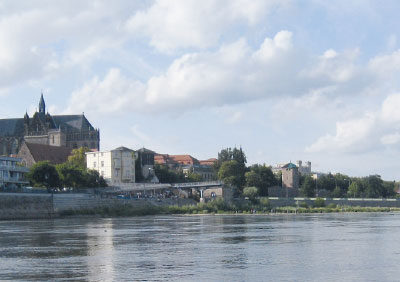Comparison of the quality of thalweg lines extracted from data of DMR 4G, DMR 5G and its derivatives
ABSTRACT Determining the gradient of watercourses in the case of local applications is a common problem, which is most often dealt with by geodetic surveying. However, determining the gradient of all watercourses in the Czech Republic is a challenge. The use of geodetic methods on such a scale is usually unrealistic. Therefore, it is necessary to choose a different approach, such as the extraction of the gradient lines from other already existing elevation data. The DMR 4G and DMR 5G are elevation models currently… Read more »
